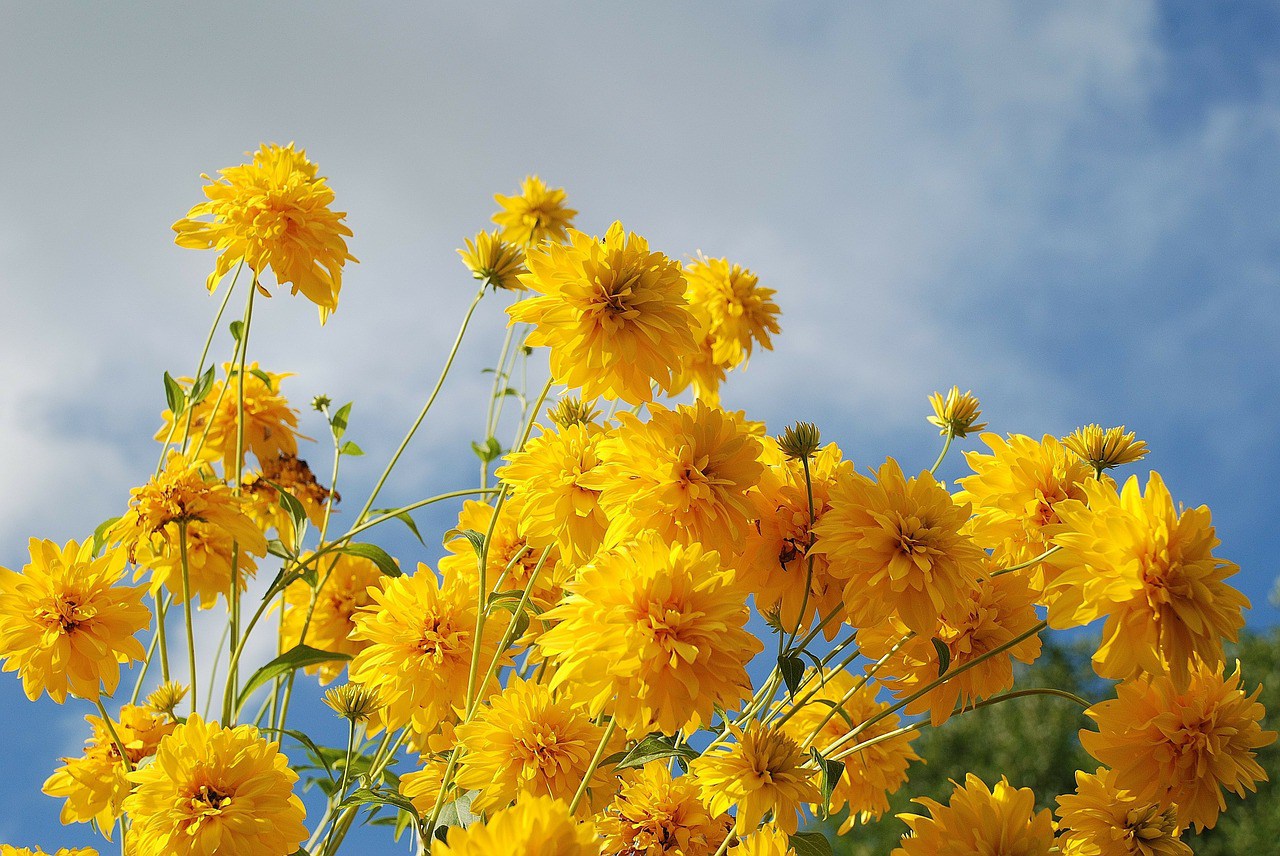quick links
- Introduction
- Specifications and details
- About Valencia orange
- Description of Valencia orange
- About Navel oranges

About orange
HITAC is the best orange export and especially Valencia orange , Navel oranges because we export according to European food hygiene standards and standards by not containing pesticide residues
and it`s characterized by the ability to bear storage for long periods of time, because we follow the best method in growing garlic
It also contains vitamin A and is a source of sodium potassium magnesium copper sulfur chlorine. It is one of the foods that make up the alkali
leaving behind the alkaline substance in the tissues and then be exploited and this is what drives to improve the body’s resistance and lift.
Specifications and details
| Product Name | Orange |
| Type | Valencia / Navel / Balady |
| unite Weight | Net Weight 15 KG Gross Weight 16 KG Net Weight 7 KG Gross Weight 8 KG |
| One Container 40 ft | 24 Ton / 20 Pallet |
| Packing | Carton / Box Plastic |
Valencia orange
it`s a sweet orange. It was first hybridized by pioneer American agronomist and land developer William Wolfskill in the mid-19th century on his farm in Santa Ana, southern California, United States, North America.[1]
Description of Valencia orange
it`s have seeds, varying in number from zero to nine per fruit. Its excellent taste and internal color make it desirable for the fresh fruit markets, too. The fruit has an average diameter of 2.7 to 3 inches (69 to 76 mm; 6.9 to 7.6 cm), and a piece of this fruit which weighs 96 grams (3.4 oz) has 45 calories and 9 grams of sugar.
After bloom, it usually carries two crops on the tree, the old and the new. The commercial harvest season in Florida runs from March to June. Worldwide, Valencia oranges are prized as the only variety of orange in season during summer. Furthermore, it`s bring benefits because of the vitamin C and flavonoids contained.
Navel oranges
Navel oranges are characterized by the growth of a second fruit at the apex, which protrudes slightly and resembles a human navel. They are primarily grown for human consumption for various reasons: their thicker skin makes them easy to peel, they are less juicy and their bitterness – a result of the high concentrations of limonin and other limonoids – renders them less suitable for juice.[19] Their widespread distribution and long growing season have made navel oranges very popular. In the United States, they are available from November to April, with peak supplies in January, February, and March.[51]
Navel oranges today
Today, navel oranges continue to be propagated through cutting and grafting. This does not allow for the usual selective breeding methodologies, and so all navel oranges can be considered fruits from that single, nearly two-hundred-year-old tree: they have exactly the same genetic make-up as the original tree and are, therefore, clones. This case is similar to that of the common yellow seedless banana, the Cavendish, or that of the Granny Smith apple. On rare occasions, however, further mutations can lead to new varieties



